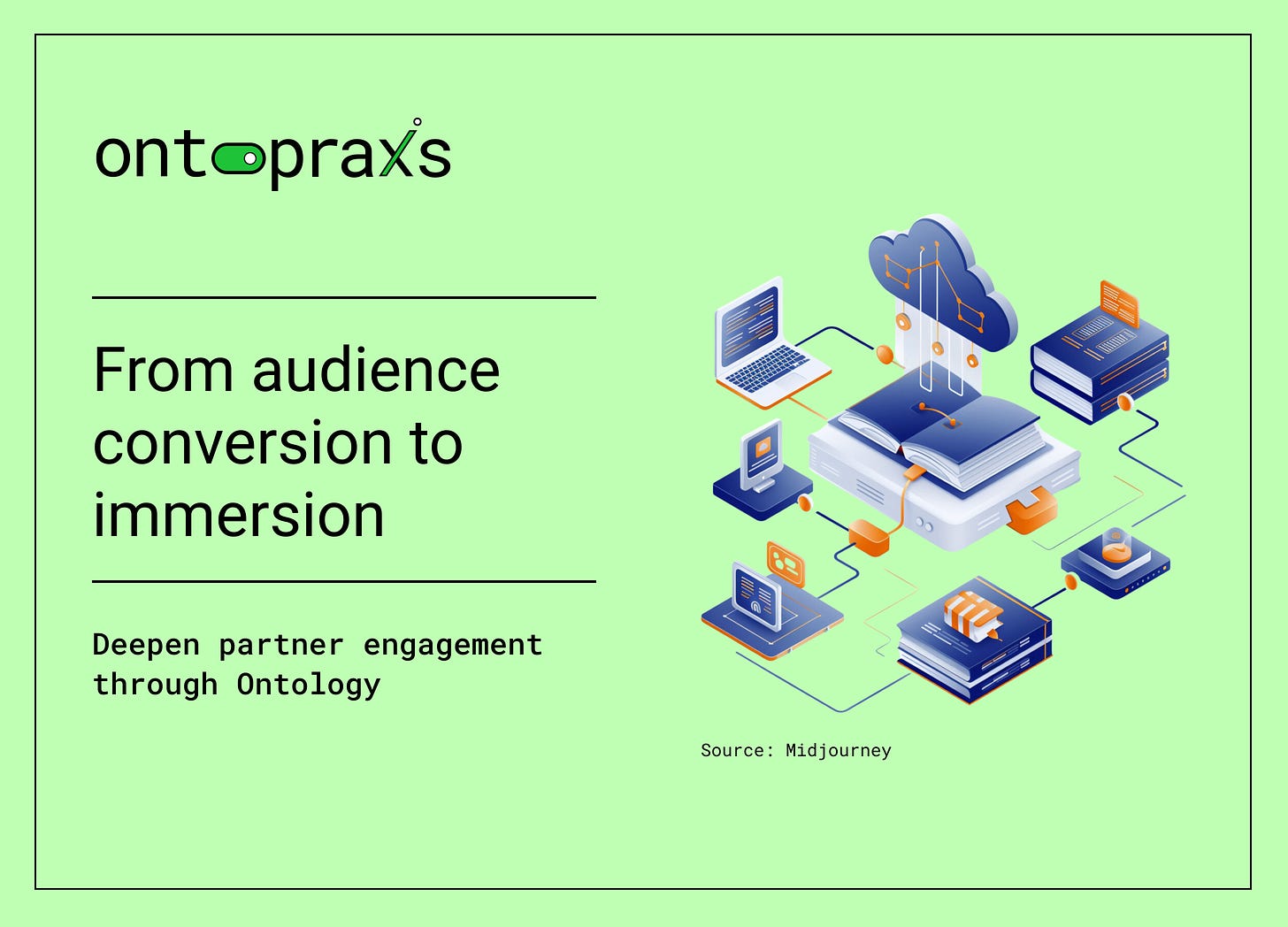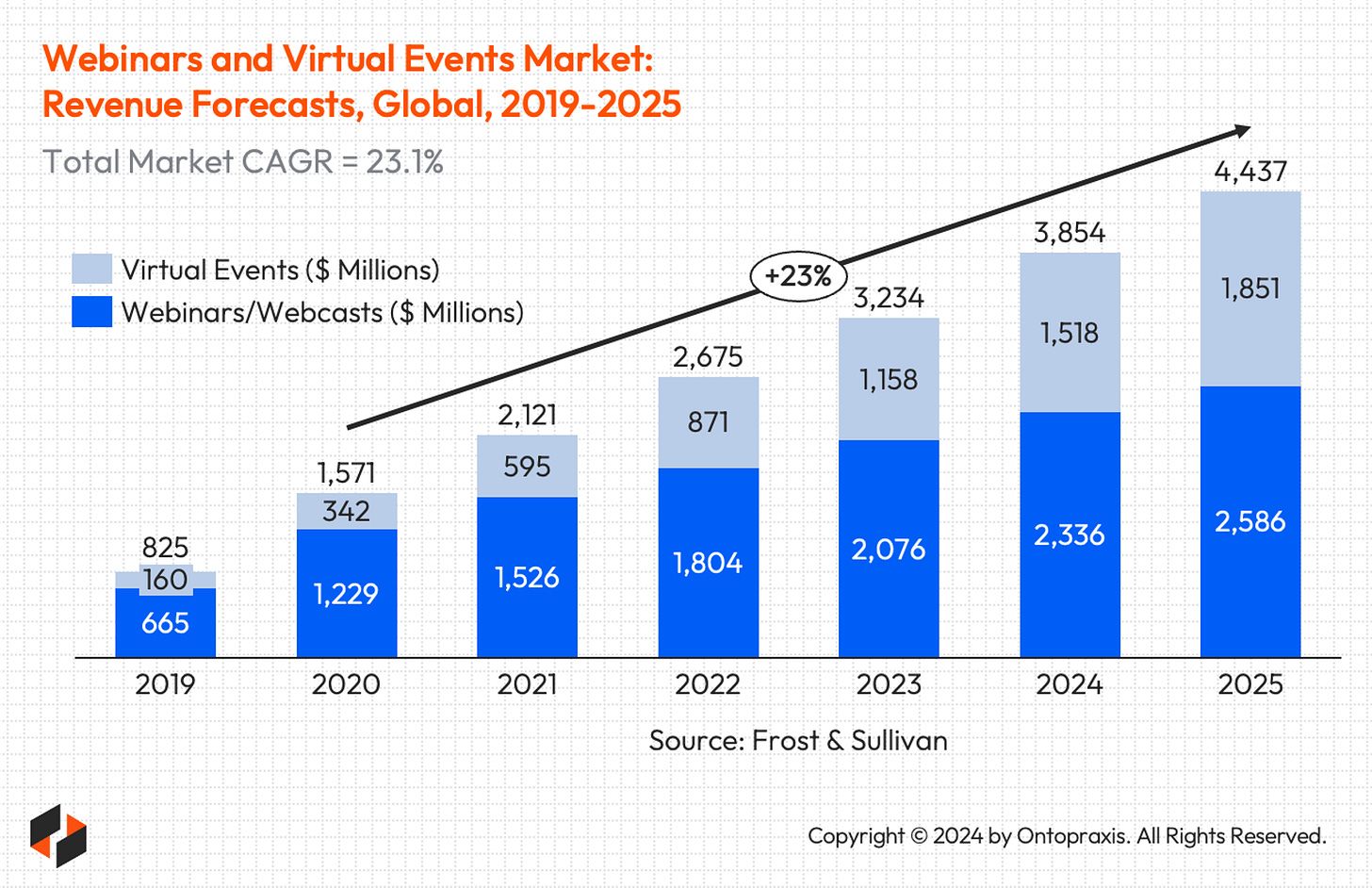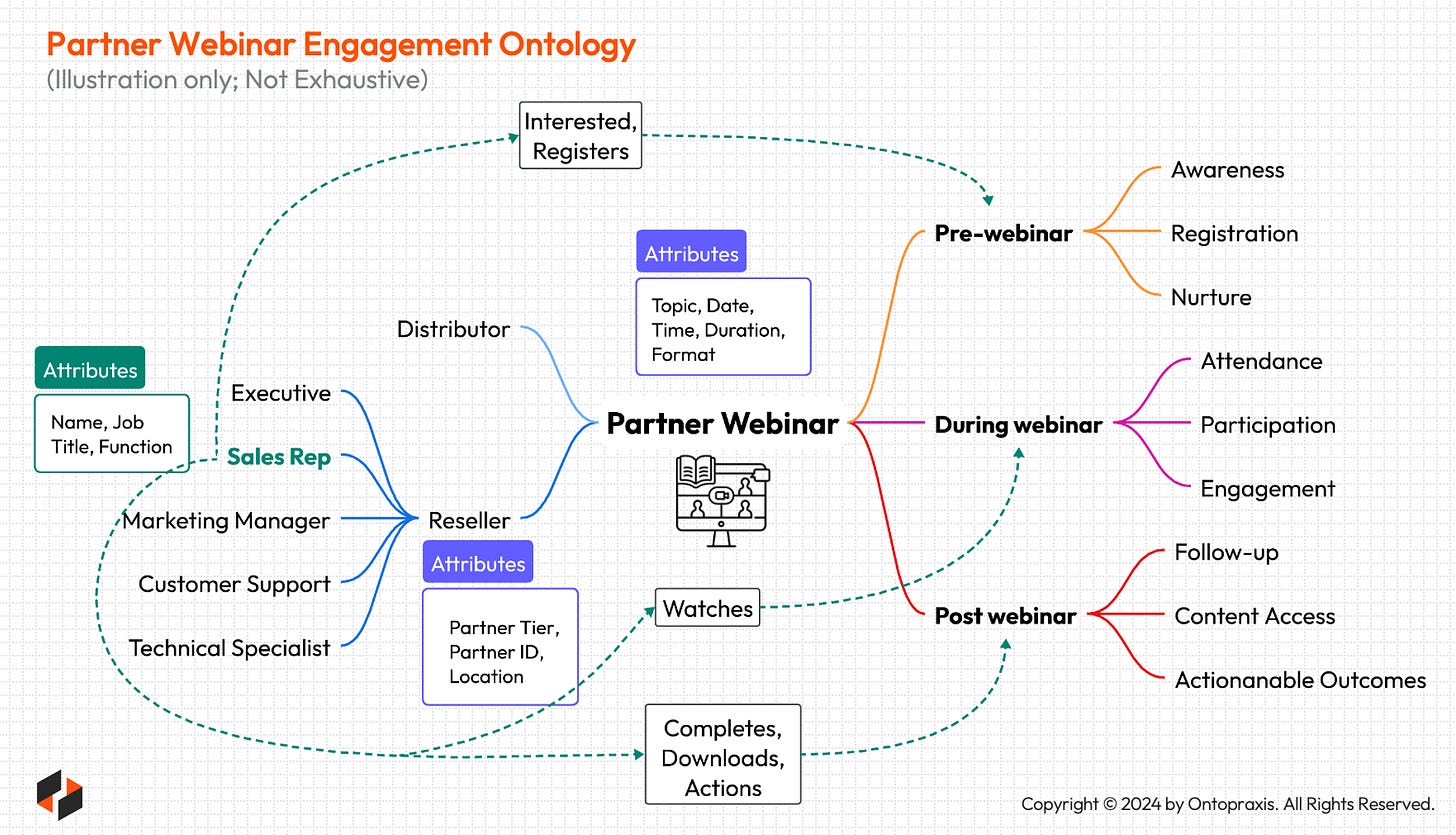“Doing more with less” has become an organization-wide mantra, not just for improving productivity through technology but also for reducing departmental budgets without resetting growth expectations.
When we look at the marketing function, a Gartner survey shows a decline in marketing spend as a percentage of revenue in 2024, putting CMOs under pressure to deliver growth with far fewer resources. Consequently, there has been a secular shift towards digital spending (57.1% of the marketing spend).
CMOs are living in an ‘era of less’
Ewan McIntyre, VP Analyst and the Chief of Research, Gartner Marketing Practice
This rationalization snowballs into the budget for the partner marketing function, which spends a significant portion of its “To Partner” marketing funds on digital interactions.
Operating in this reality requires a better understanding of the spending outcomes/impact while improving the partner engagement experience. This duality presents partner marketers with the challenge of reaping the full potential of their digital outreach and engagement efforts with partners.
Let’s look at webinars. A study shows significant growth in webinar spending, reaching 4.4B in 2025, a 23.1% CAGR over 2020. Advanced data reporting, accessibility, reach, ease of use, reduced travel, and sustainability are the primary growth vectors putting the overall market on a high growth trajectory.
Webinars have become less about information dissemination and more about immersive experiences. With the surge in virtual events and remote collaboration, organizations must adapt their strategies to captivate and retain audience attention in a highly competitive digital landscape.
Sadly, most of the effort goes into audience acquisition and very little into understanding audience engagement during and after the session. We only focus on transactional metrics like the number of registrations, conversions, and post-event C-SAT surveys. Leaders celebrate attendance count with little attention to the impact. There is no genuine desire to understand the event and post-event engagement with the partners and track subsequent behavior changes or desired outcomes.
Analyzing additional metrics such as time spent on the webinar, participant feedback, on-demand views, downloads, repeat visitors, and audience engagement throughout the webinar can help organizations tailor their content and delivery for better results.
For instance, tracking on-demand views and downloads indicates the long-term value of the webinar content and can inform future content strategy. This data-driven approach ensures that webinars effectively meet the needs of partners and contribute to achieving business objectives.
Post-webinar analytics is as good as pre-webinar readiness in defining, tracking, and measuring engagements across the webinar lifecycle. Taking an Ontology-based approach can help us better define and understand the mechanics and drive proper instrumentation across the engagement lifecycle.
Partner Webinar Engagement Ontology
The ontology serves as a knowledge map, providing a structured and standardized way to represent the complex information involved in partner webinar engagement. It facilitates communication and collaboration between stakeholders, aids in data analysis and decision-making, and enables a deeper understanding of the entire process.
This specific ontology maps out the entire lifecycle of a partner's interaction with a webinar, starting from the Pre-webinar stage and progressing through attendance, engagement, and post-webinar actions. It also includes the various attributes associated with each stage, such as the webinar topic, format, reseller details, persona type, and actionable outcomes.
Unified data is a tenet of high-performance marketing
From Salesforce, State of Marketing, 9th Edition
The ontology provides several benefits for understanding and managing partner experience within a webinar program:
Granular view of partner engagement: It allows the organization to track how different partner types and personas interact with webinars at each stage. This insight can help tailor marketing and content to specific partner needs.
Targeted marketing and content: By understanding partner interests and personas, the marketing team can create more relevant and engaging webinars, increasing registration and attendance rates.
Improved partner experience: The ontology helps identify areas where partners might need additional support or resources, leading to a more positive and productive relationship.
Data-driven decision-making: The structured data collected through the ontology can be analyzed to measure the effectiveness of webinar programs, identify areas for improvement, and optimize resource allocation.
Increased Revenue Generation: Effective partner webinars equip partners with the knowledge and resources they need to sell more effectively, leading to increased revenue for both the vendor and the partner.
Ultimately, webinar success is a collective outcome of Content, Speaker, Experience, Engagement, and Analytics.
The shift from focusing on the optics to understanding the deeper immersion of partners through an ontological lens offers a paradigm shift in partner engagement strategies.
By understanding the deeper structures of meaning and interaction, businesses can foster authentic, lasting relationships beyond transactional metrics. As we move into an era defined by complexity and interconnectedness, an ontological approach offers a pathway to unlock the full potential of partnerships.






